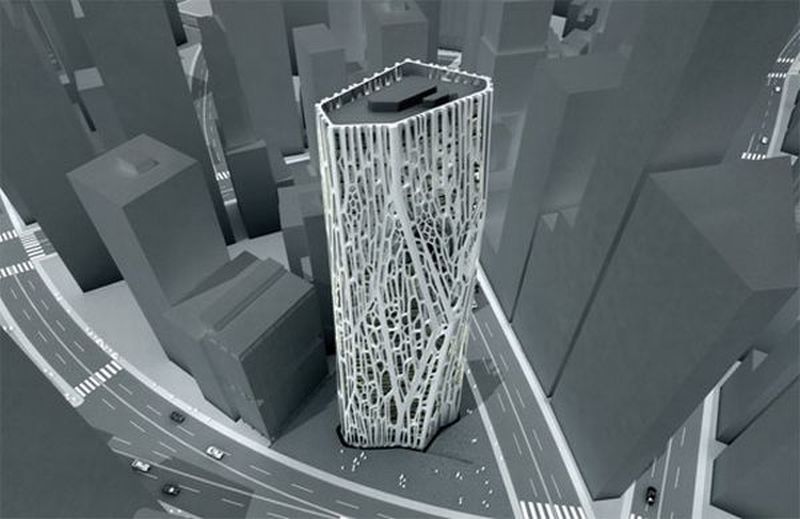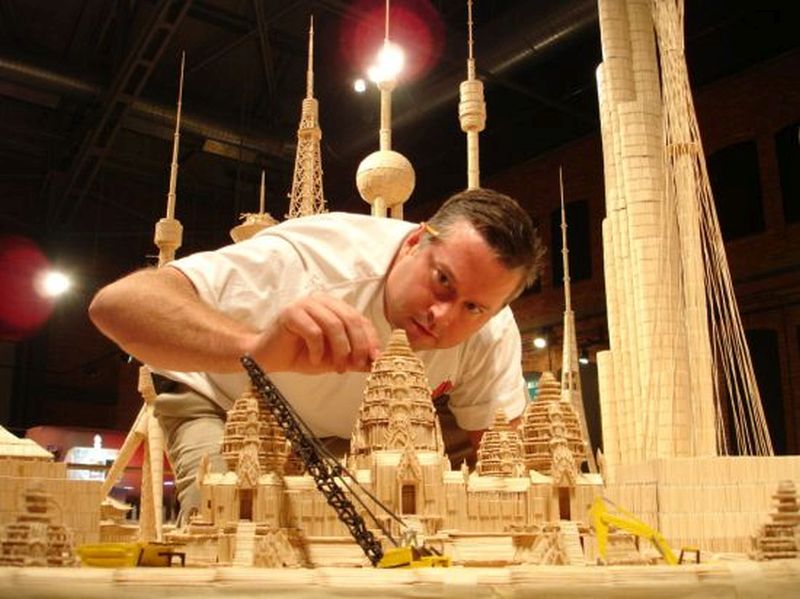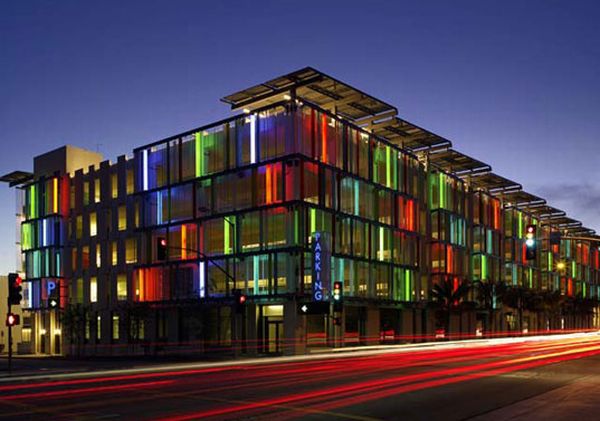Owing to the increasing demand for energy and shelter, we require self-sufficient towers The name self-sufficient says all you want to know about the building. These do not require any external source for operation. Therefore, they generate their own electricity and obtain water through rainwater harvesting.
However, as of now, a complete self-dependency is a distant dream. Nevertheless, we have concepts that seem to be self-sufficient to a very high degree. Here is a list of 11 such planned self-sufficient towers:
11 – Futuristic self-sufficient towers
1. Farm Tower in London

The concept of farm tower was proposed by Dickson Despommier in the year 2000 in which a project of cultivation of agriculture foodstuffs and livestock in multi-story building structures, those will be introduced within urban areas, was kept ahead. These buildings will also be the solution of residential problems for the urban population. Such a farm tower was designed to be built in London by Brandon Martella. The building will offer a total area of one million cubic feet for farming purpose, in which the production of a variety of fruits and vegetable can be done. The building will be capable to harvest rainwater as well as solar energy for farming whereas large vertical axis turbine will ensure the generation of power by utilizing wind energy.
2. Eco Skyscraper
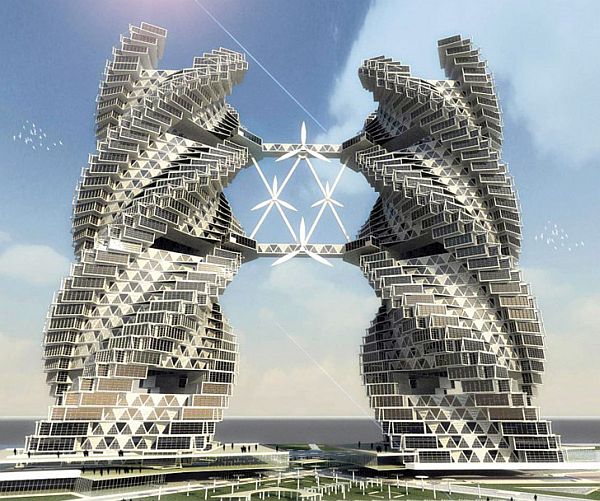
The concept of Eco Skyscraper was put forward by Vikas Pawar to fulfill the necessities of potable water, food and green energy by a tower to the people of Noida, India. The building would be equipped with enormous solar cells and wind turbines to harvest solar and wind energies. Two spiral shaped towers, connected each other through a bridges, will also make available the place for growing daily vegetables. The rain water is harvested as well as recycled to prevent its loss.
3. The Oasis Tower
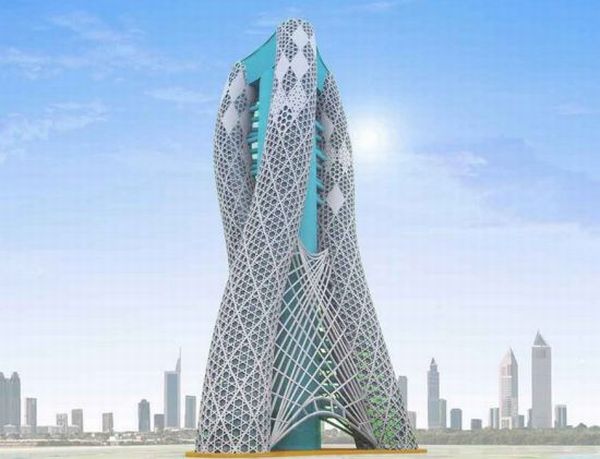
The Oasis Tower was designed by Rahul Surin and set to be located at Zabeel Park, Dubai. The idea of Oasis Tower was developed after viewing the shortage in the amount of land available for farming as well as increasing population in Dubai. The tower would make available a solution for urban farming along with sustainable accommodation. The project of Oasis Tower is designed in such a way that it would ensure the availability of food enough to feed approximately 40,000 people every year. The tower system will be capable to generate the electricity requirements by own by harvesting solar and wind energies.
4. Gyre: A self-sufficient underwater tower
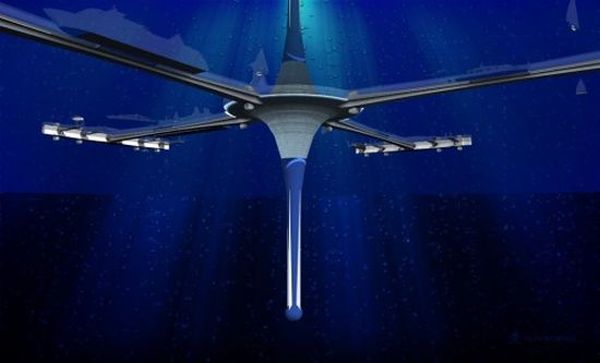
Gyre is an underwater skyscraper design that generates required energy by harvesting solar, wind and tidal energy proposed by Zigloo. The construction will be located at a depth of 400 meters with having few hundred meters up water enlargements that will offer a comfortable accommodation and working atmosphere, together with large space for shopping malls, restaurants and recreation.
5. Wind Tower

Fully green âWind Towerâ is another type of self-sufficient towers to be used as a luxury resort. It contains the solar cells and wind turbine to harvest the natural energy. Swimming pools are multifunctional as these are also utilized as water reservoirs, fire fences and catch basins along with their usual function. Indoor gardens are also available to maintain inside atmosphere clean and cool.
6. Aviapolis Tower
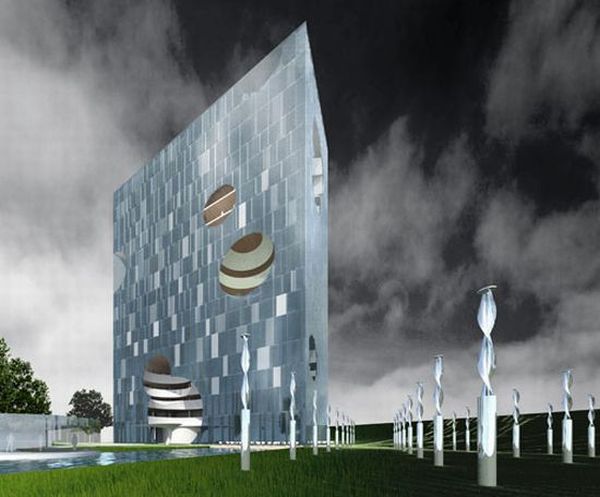
The model of Aviapolis Tower was proposed by K2S architects with a height 70 meters. An energy square, equipped with a series of solar panels and wind generators, has separately been designed to make up the energy demand. The square is located between the main building and highway. Even in its aesthetic point of view, the tower will be a milestone of its specific shape.
7. Tata Tower
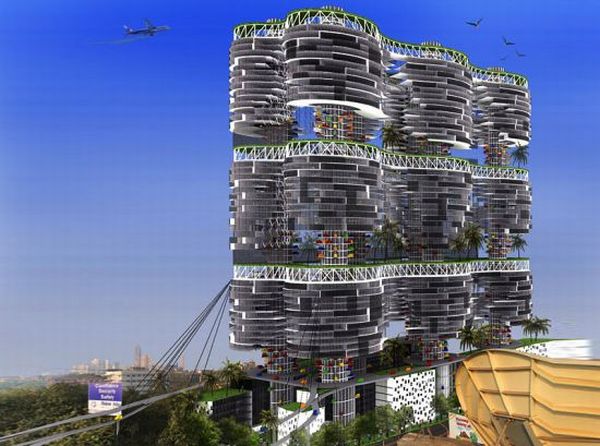
Tata tower is an answer to the increasing parking problem in Mumbai, India, which was conceptualized by Seth Ellsworth & Jayoung Kim. It will be a self-sufficient tower with having vertical parking facility for nearly 4,001 cars at a time. Along with parking facility, the building will accommodate 930 employees of Tata Company.
8. Botanical Tower
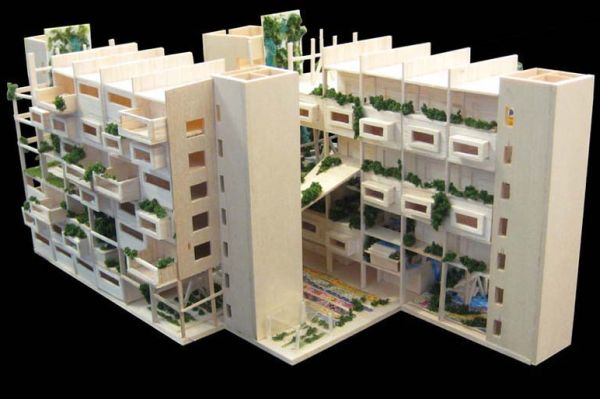
Botanical Tower is proposed to taking shape beside to the River Lea in U.K. having a concept of vertical farming and gardens. Rainwater harvesting system is sufficient for nearly all the water need. Along with that, it would be able to develop its green energy by large windmills and solar panels.
9. Fibrous Tower
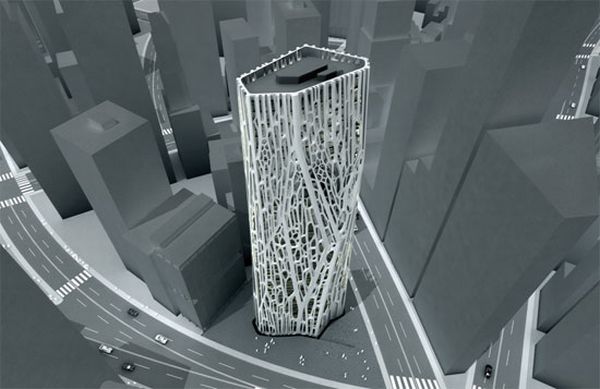
It is also a self-sufficient and sustainable tower designed for minimize the load over traditional electric power grids, which is conceptualized by Kokkugia, a New York based architecture. As name states itself, the tower will be constructed using fibrous framework to increase its durability.
10. BURJ AL-TAQA
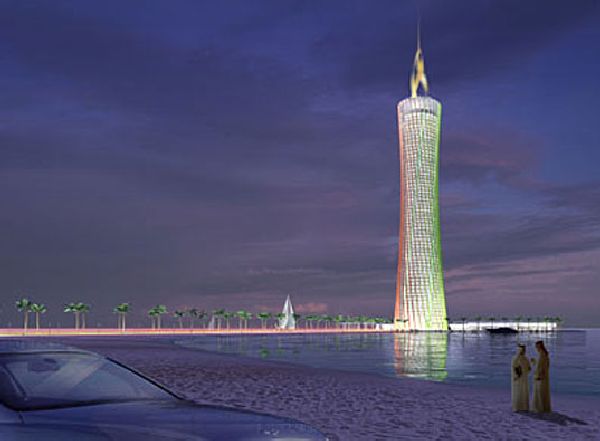
Burj Al-Taqa is an enormous type of self-sufficient skyscraper with pure green design and producing 100% of own electricity. In addition, the cylindrical-shaped building will have 68 storeys covered with sun shields to minimize sunlight exposure resulting into reduced need for air conditioner. Although solar and wind energy will be used to fulfill the energy need, additional requirement is harvested by hydrogen fuel that was produced from seawater.
11. Mixer Skyscraper
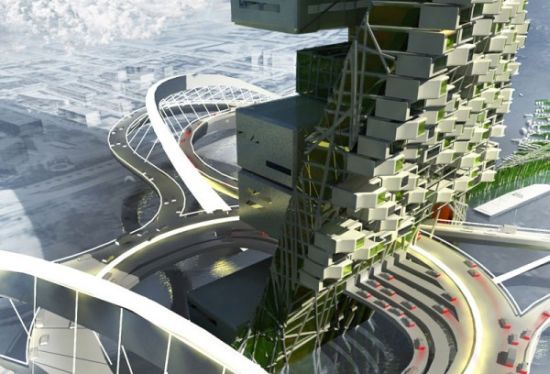
Located along river Vistula, the Mixer Skyscraper is designed exclusively for Warsaw to adapt to its changing needs today and tomorrow. The first of its kind to be located in Poland, the building is a self-sufficient habitat. Moreover, this offers endless accommodation possibilities and is well connected to the city’s maritime and road networks.
The primary structure is basically a steel exoskeleton filled with glycol. Therefore, it helps to maintain cooling and heating temperatures inside the building. Furthermore, the skyscraper has several self-supporting green structures or mega-function units like wastewater treatment plants, biomass water plant, natural ventilation systems, wind turbines and a photosynthesizing glass façade that produces bio-energy. In fact, all these features combine together to reduce the environmental impact to the minimum.
The building has small habitat modules or prefabricated structures called the pixels. These fill the rigid grid on the southwest façade. Moreover, these are equipped with a standalone greenhouse to improve the quality of air and humidity within the module. The vertical spine of the skyscraper contains public programs such as theaters, restaurants, museums, or shopping malls. On the other hand, a swiping structure that resembles a wave is used for housing and offices.
The mega-function units, as well as the habitat modules, can be repositioned. It is spatially reorganized and recreated in order to ensure maximum efficiency of the system.
Final Words
The main significant feature of self-sufficient towers is to minimize different problems related to global warming and environmental pollution. Furthermore, they also aim to design a sustainable architecture that would not be dependent on conventional energy sources. In addition, it can also become an independent point source of energy production for its own use.


